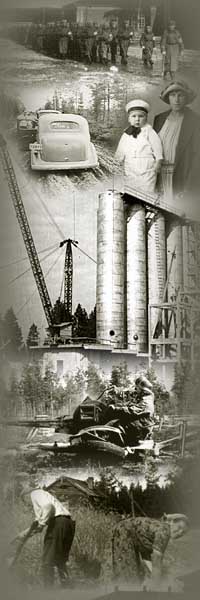 |
 |
|
Summary:
Essi Tiittanen, Drinking, immorality and minor offences.
Vagrant life in Oulu during the prohibition period
Vagrancy was an illegal way of life in Finland in the early 20th century. Drifters were unemployed,
poor and misbehaving people. Many of them were vagabonds, drunks and prostitutes. Vagrancy increased
during the prohibition period (1919–1932), when people started to use more alcohol than before.
Most drifters in Oulu were younger than 35 years old. Half of them were males and half were females.
Their level of education was low, but still almost all of them were literate. Few drifters were married or had children.
Although they didn’t have a job, almost all of them had been employed before their vagrant life. Unemployment was the
main cause of vagrancy. Many drifters – especially prostitutes and those who used alcohol heavily – didn’t even want to
find a job. Alcohol was both the cause and the effect of vagrancy. Many drifters said drinking had driven them to vagrancy.
Because of the prohibition period, it also made them criminals.
Several so-called disreputable residences were founded in Oulu in the late 1920s. Drifters and other notorious
people gathered in those places to drink together. Many of the disreputable houses were illegal taverns and brothels
that provided alcohol and prostitutes for their customers.
Many drifters made their living in some dishonest way: begging, stealing and selling illegal alcohol. They helped
each other economically and some of them got food and money from their friends and relatives. Many female drifters were
prostitutes. They found their customers in parks, on the streets, at the port of Toppila and at the barracks, for example.
The prostitutes in Oulu started to co-operate with taxi drivers in the late 1920s. The life of a prostitute was not easy.
Many of them suffered from venereal diseases. They got arrested by the local police over and over again.
Faravid
31/2007
|
 |